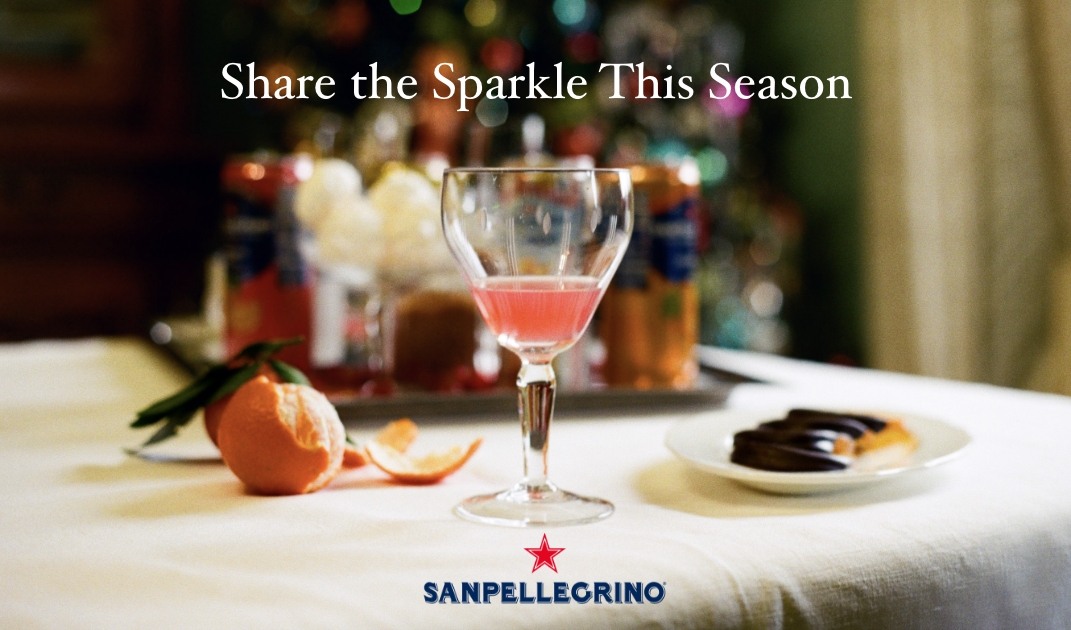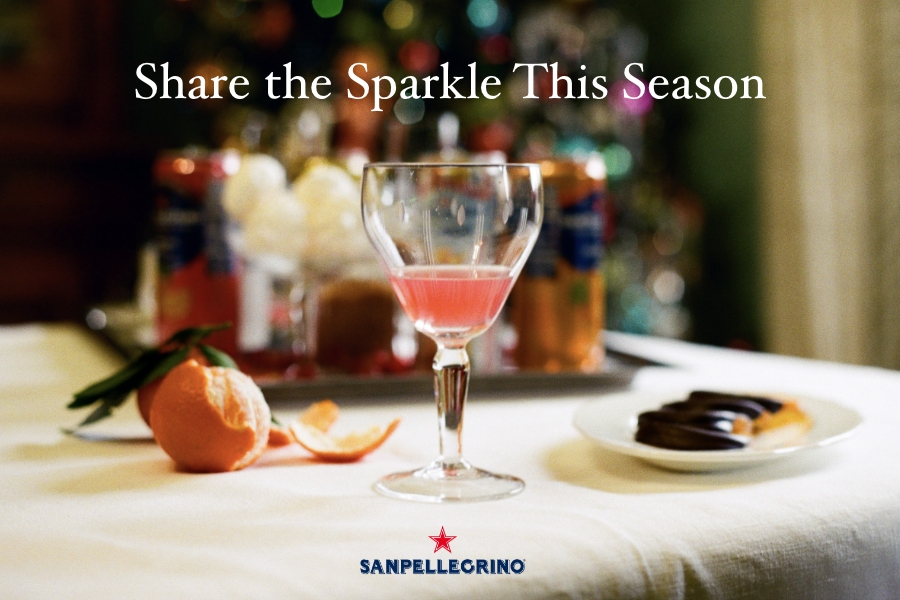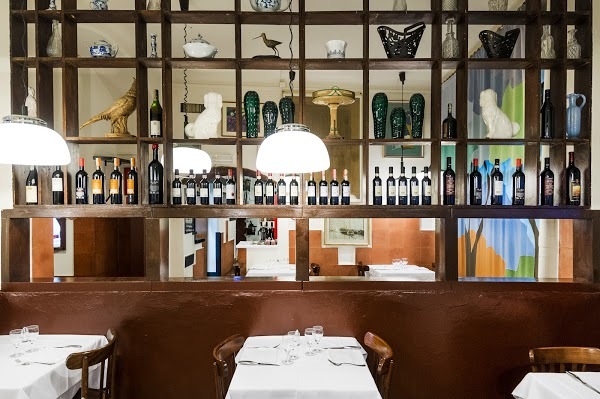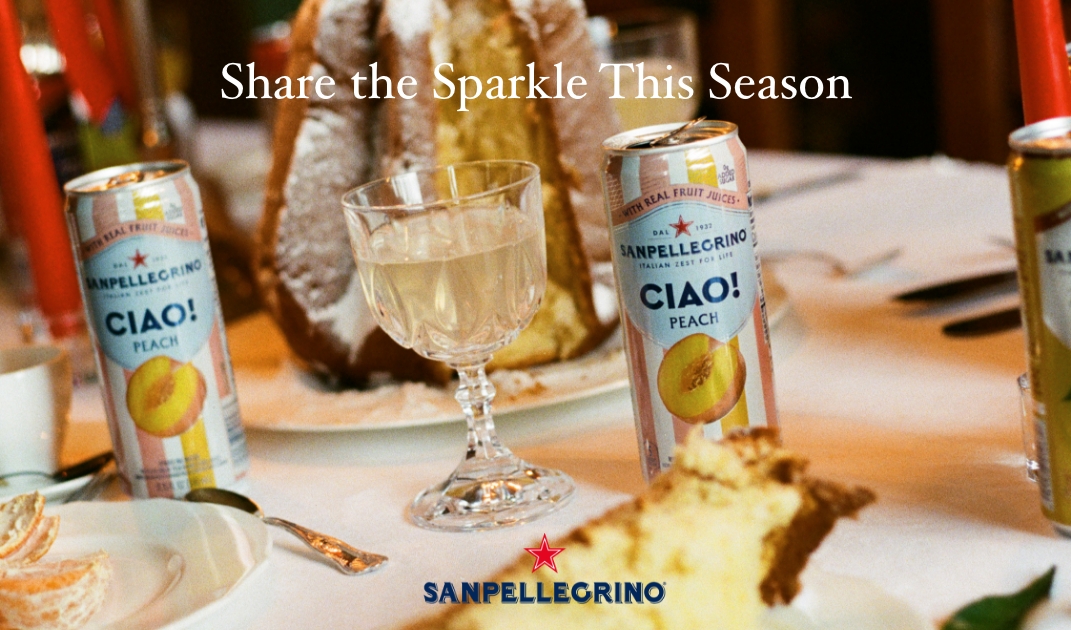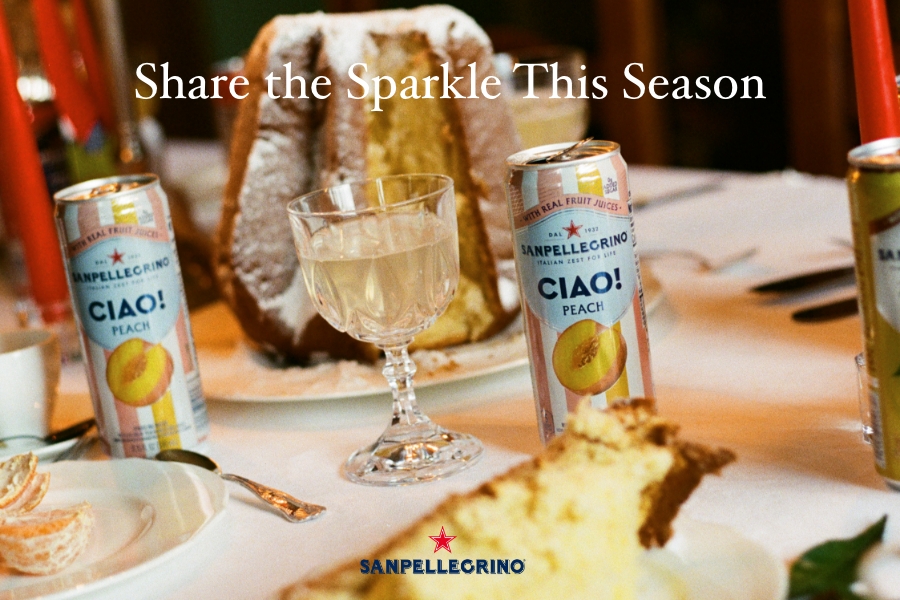Enter the charming neighborhood of Brera and you’ll soon forget all thoughts of a drab, industrialist Milan. Due north from the city’s tourist-filled Duomo and past the storied La Scala, austere, modern palazzos make way for colorful residential buildings, their balconies overflowing with succulents, wisteria, and honeysuckle–fitting, considering the name “Brera” comes from the Lombard word “braida”, meaning “green space”. Bohemian grit began to fill the cracks between the uneven cobblestone streets here after WWII, and, by the 1960s, the local cafes and galleries brimmed with neorealist filmmakers and designers vying for the Compasso d’Oro award. Once a fishing village, where boats arrived via canal from the Northern lakes, today Brera is considered to be one of the most bourgeois neighborhoods in Milan, with many describing it as “boho chic”. Although the neighborhood has lost a bit of its offbeat character on this upmarket trajectory, it’s still one of the most romantically beautiful parts of Milan, and there are many great spots where you can get a glimpse of its storied past and bright future.
To experience a hint of old-world Brera is to shop at the weekly outdoor mercato on Via San Marco, notable for its colorful, overflowing bouquets, ample fresh fish selection, multiple produce stands, and Italian fashion staples such as leather gloves and cashmere sweaters. On the winding pedestrian streets, worthwhile boutiques and vintage shops are mixed with tourist-hungry restaurants (to be avoided, see below for the best old-school trattorias, tucked away nearby); it’s in Brerea that you’ll find a fresh generation of designers and concept boutiques.
Although more recently famous as a creatives’ haven in the 1960s, Brera has for centuries attracted artists and designers, who came to study at the art academy within the internationally celebrated museum Pinacoteca di Brera. Soon after it opened, Napoleon, the newly crowned King of Italy, is said to have intended the Pinacoteca to become the Louvre of Italy; homage is paid to the monarch by Antonio Canova’s colossal marble statue, which sits at the center of the palazzo’s courtyard today. To follow in the brushstrokes of the prestigious academy’s attendees is to shop at the historic art supply and print shop Ditta Crespi or flip through the engraved leather journal selection at Pettinaroli.
Milanese in their rural tweeds, riding their vintage Rossignoli (or Brera-branded bikes), still proudly bask in the neighborhood’s charming churches and hidden gardens–all while remembering its nonconformist roots. They will steer you towards cafes frequented by the literary and artistic greats of the quartiere, as well as where they bought their pens and paints, wrote their poems, and partied into the night. While mass brands like Supreme, Starbucks, and Nike are nose to nose with subtle (and not so subtle) Italian elegance, Brera continues to grow as a landmark destination for visitors and locals alike.
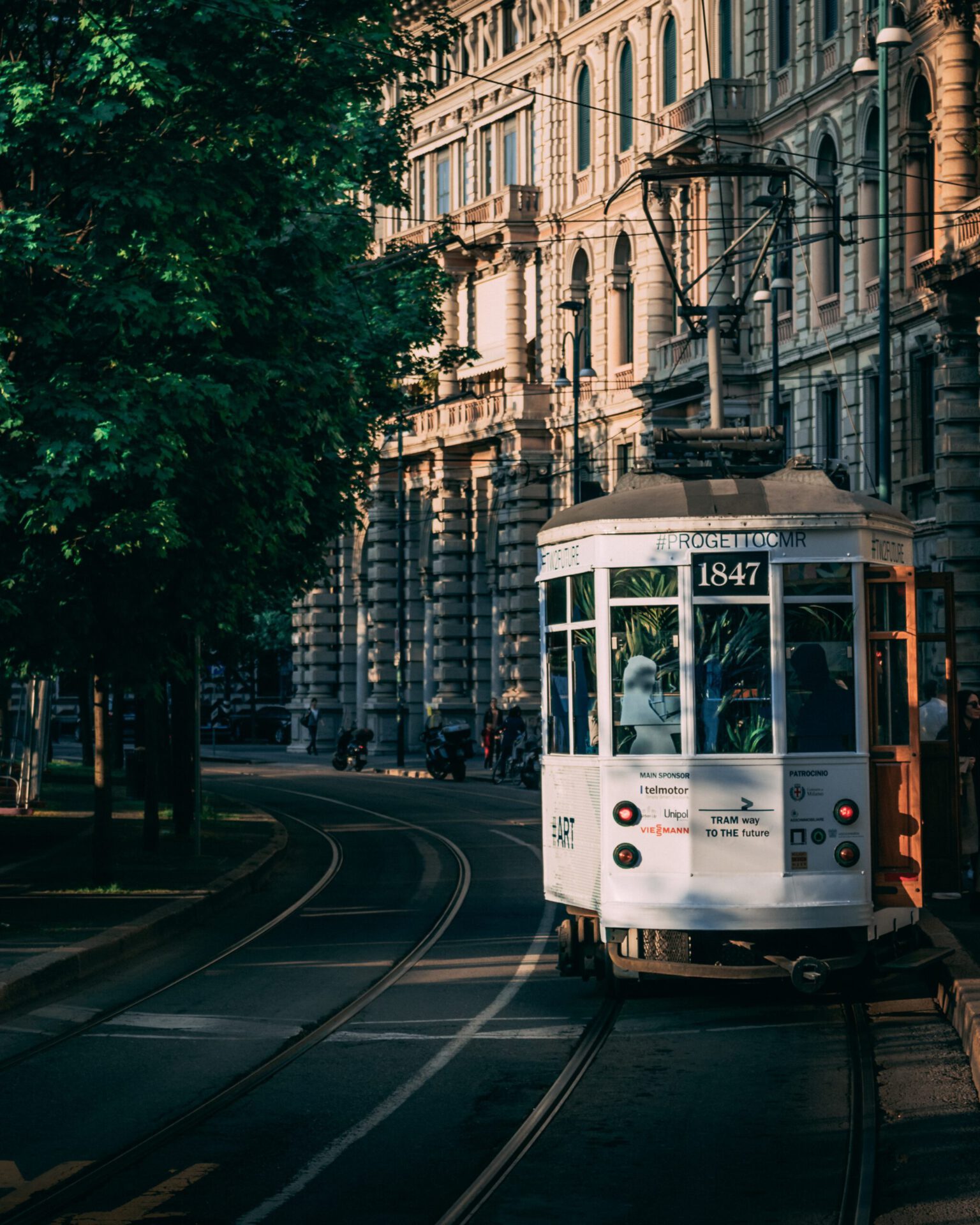
A BRIEF GUIDE TO BRERA
EAT
Trattoria Torre di Pisa – Open since 1959, this old-school, Tuscan-inspired trattoria is one of the city’s most historic establishments. Walk through its doors to find a long table adorned with fresh produce, an exposed kitchen. The small tapestry room, where the original owner once collected vintage maps, remains unaltered and retains its timeless intimacy.
Must order: La garmugia and rigatoni alla toscana
Al Matarel – On a narrow side street that connects Brera with Sempione park, you’ll find this classic, family-run trattoria that respects Milanese culinary traditions to the T. It’s the ideal place to satisfy all your Milanese cravings–and has been since 1962–from the “l’oss büss” to the costoletta alla Milanese.
Must order: Rostin negàa, steamed pig with verza, la cassoeula, and tortellini with stracotto
Ristorante La Libera – This homestyle joint is one of our absolute favorites, not just in the neighborhood but in the whole city. Warm yellow-tinted walls adorned with old-school posters and owner Italo Manca, with his perfectly manicured baffo and colorful outfits (he’s a character!), set the tone for what we consider a good night. A great choice not only for the classics, but for the seafood dishes; with a top-tier fish market, Milan has some of the best seafood in Italy!
Must order: Risotto al salto and il ganascino di vitello al marsala
DRINK
Bar Jamaica – Opened in 1911, Bar Jamaica–and its famous aperitivo-time tramezzini–are ingrained in Brera’ history: the bar, helmed by Mamma Lina, used to be a punto di ritrovo (“meeting point”) for many poets, artists, writers, and politicians (many of whose names are listed in a notebook as creditors). Today, the gloriously retro spot is still great for an appuntamento.
N’Ombra de Vin – This 1550s refectory of the Agostinian Friars turned wine bar–with its vaulted ceilings, arches, and columns–has a great selection of wine and is a premier spot for some people watching.
Associazione Salumi e Vini Naturali – This enoteca-osteria on Corso Garibaldi is a must for natural wine lovers. Go for aperitivo, get a table in the garden out back, and order a tagliere of cured meats and cheeses alongside the wine.
DO
Pinacoteca – This renowned art gallery offers a treasure trove of masterpieces spanning centuries: its impressive collection, displayed in elegantly ornate rooms, includes works by Italian and European luminaries such as Caravaggio, Raphael, and Titian. A quintessential destination for art enthusiasts.
Massimo De Carlo – This contemporary art space–in Casa Corbellini-Wassermann, one of Milan’s finest examples of rationalist architecture–has become synonymous with boundary-pushing exhibitions. Massimo De Carlo showcases a diverse range of international artists and avant-garde artworks, making it a focal point for the cutting-edge in Brera.
Antonio Colombo Arte Contemporanea – This esteemed gallery, founded in 1998, consistently showcases thought-provoking and experimental works by both emerging and established artists, fostering a dynamic dialogue between tradition and innovation. The bright, white space with arched ceilings can be found on Via Solferino.
Gipsoteca Fumagalli & Dossi – This atelier creates and supplies original, historically correct plaster casts to artistic schools around the country. The molding laboratory with adjoining plaster cast gallery is on Viale Montello 4, and, over the last century, was past from founders Gariboldi and Bertolazzi to their–sons Cesare Gariboldi and Cesare Bertolazzi–and, then to their students: Agostino Fumagalli and Mario Dossi.
Caselli11-12 – This popular gallery in Porta Nuova hosts collaborations with national and international design studios, focusing on contemporary design. It is an extension of “Oltrefrontiera Progetti”, aimed at exploring specificities of art in an architectural and urban context and establishing relationships between local and global communities.
“La Dòna di tri tett” – Created by architect Alessandro Minali, this controversial statue, in a niche of the Tritons fountain between via Andegari and via Romagnosi, has caused quite a stir for its provocative imagery: although it looks like the woman has three breasts, the third breast is actually a piggy bank, representing a neoclassical allegory of savings.
La Falegnameria Cavalleroni – This historic workshop, founded in 1935, is a must-visit for its excellent carpentry. The shop has been in the Cavalleroni family for three generations, and their precision, dedication, and knowledge are unparalleled. They also make custom furniture and offer maintenance services.
Studio Zecchillo – Studio Zecchillo is Piero Manzoni’s former studio, located on Via Fiori Chiari 16, hidden behind an arched door in an ancient courtyard. The studio features all types of artistic projects and events in collaboration with the Brera Academy of Fine Arts.
Chiesa di San Marco – In the heart of Brera, this 13th century Romanequse Gothic church is best experienced rather than described, for it holds many secrets and mysteries inside its tall, thick, brick and marble walls.
Brera Botanical Gardens – Part of the University of Milan, the gardens are a beautiful green space nestled between tall buildings in the city and covering a whopping 5.000 square meters. Founded in 1775, the gardens are a great place to tour, learn, or briefly escape the hustle of the city.
Casa Degli Artisti – Translating to “House of Artists”, this hip, newer space is a conglomeration of visual, performing, sound, video, literature, and applied art from local and global artists. The goal is to facilitate research, growth, and creation amongst artists and to maintain an open connection between art and society, “maintaining its function as a public good”.
SHOP
Pettinaroli – On via Brera 4, this stationery shop has been open since 1881. Aside from gorgeous stationary and parchments, the shop specializes in antique prints and typography, featuring an adjoining typography and bookbinding workshop with a wide range of products available for custom order.
Porro – This laboratory and jewelry shop has been hand making artisan jewelry since 1925. Their Goldsmith Workshop specializes in jewel, silver, and gold custom creations, whether you are looking for wedding rings, specific jewelry, or one-of-a-kind gifts and pieces.
